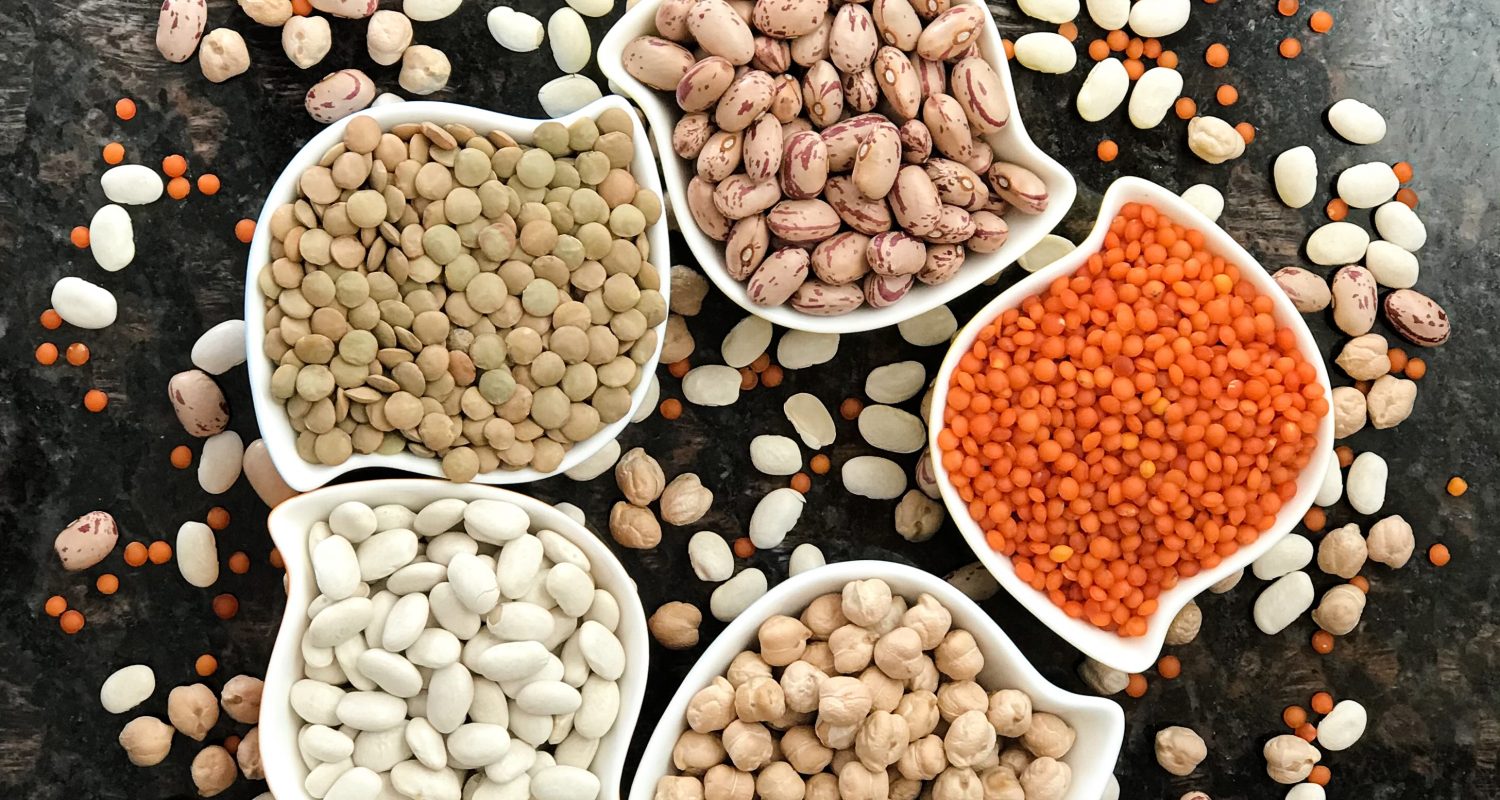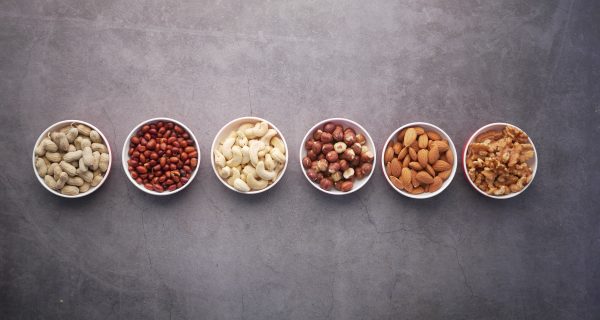Replacing red meat with chickpeas & lentils is good for the wallet, climate, and health.
Findings from a study in New Zealand shows that diets replacing some or all red meat can provide the recommended amount of nutrition, save the health system thousands of dollars per person, and cut diet-related greenhouse gas emissions by as much as 35%.

Food production accounts for 26% of greenhouse gas emissions globally, with beef being the largest food source of emissions. Our current global eating patterns do not meet environmental targets for greenhouse gas emissions, freshwater use, cropland use, and fertilizer application, with dietary intakes transitioning globally towards greater meat intakes.
To better understand the potential of reducing current red and processed meat intakes, researchers have modelled the effects of diverse theoretical scenarios on current dietary intakes using data from New Zealand as a case study of a developed, westernised country. To do so, they investigated five different diets that replace some or all red meat.
Their findings show that all diets can provide the recommended amount of nutrition, save the health system thousands of dollars per person, and cut diet-related greenhouse gas emissions by as much as 35%. The greatest benefits for all of the above were seen for a diet that replaces all meat with minimally-processed plant-based alternatives such as legumes – which also had a 7% lower average grocery cost.
The study confirms and extends current dietary advice to reduce red and processed meat intake, increase intake of plant foods, and consume minimally processed rather than ultra-processed foods.
As the authors conclude, implementing interventions that support dietary change and enable the necessary changes to healthier patterns and practices is necessary and will come with its own challenges. Until then, these and past analyses can only indicate the neglected potential of red and processed meat replacement.
















